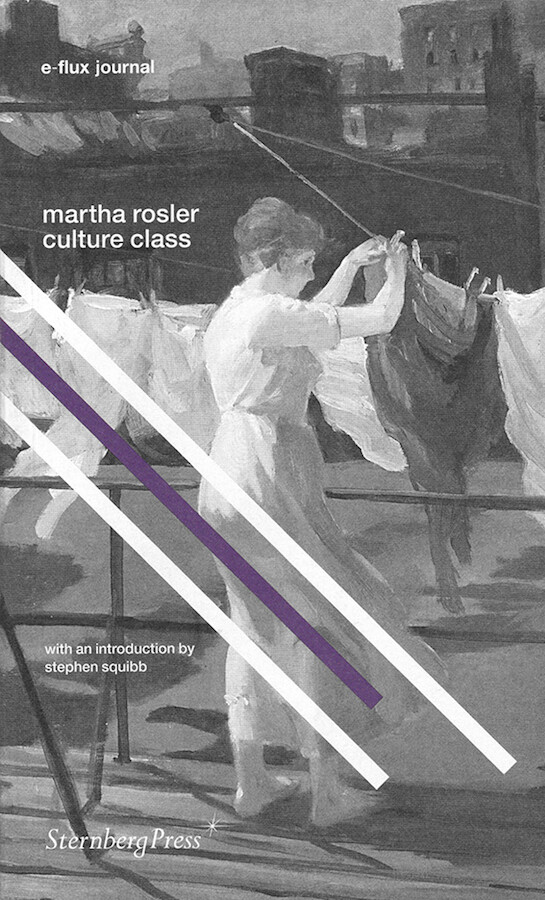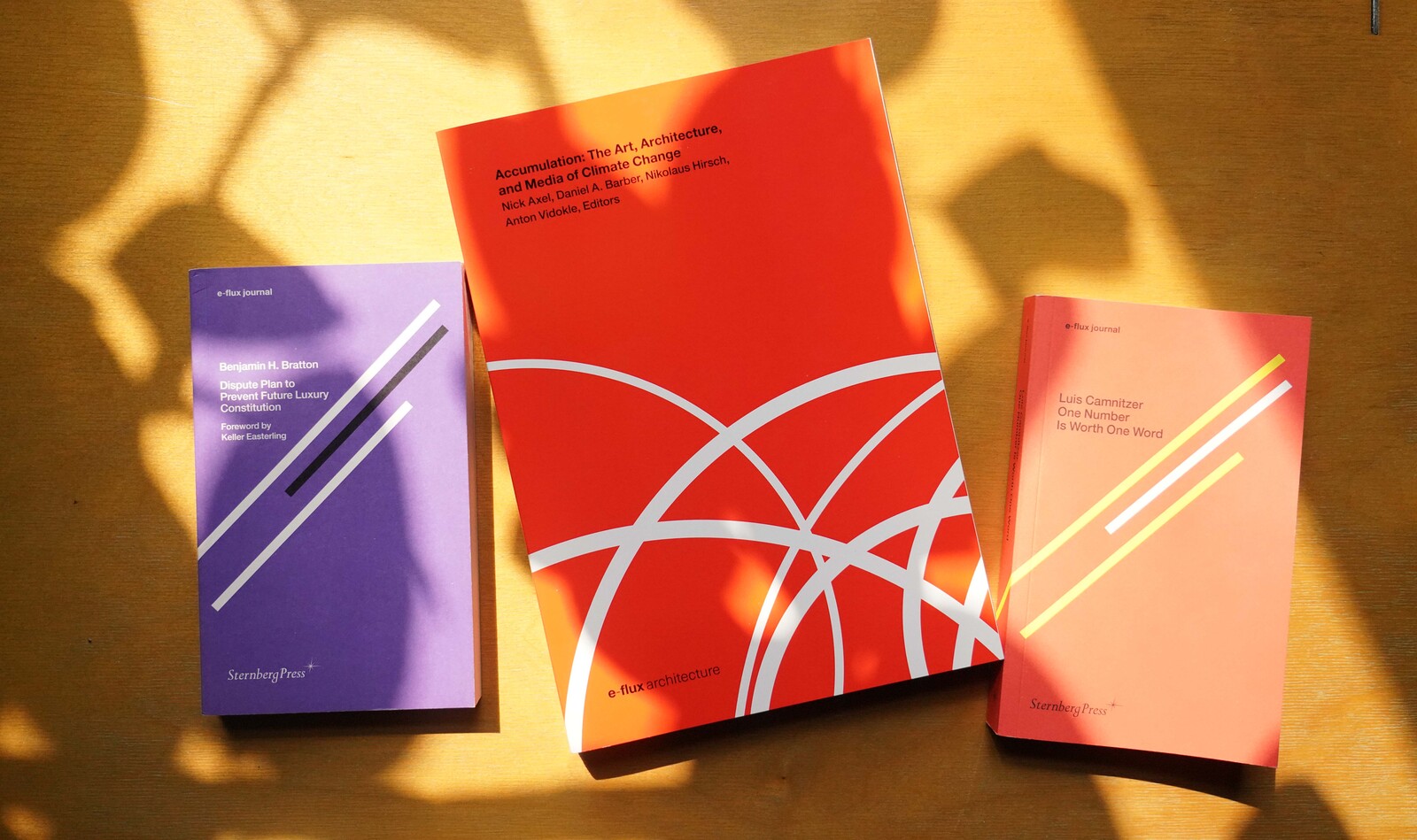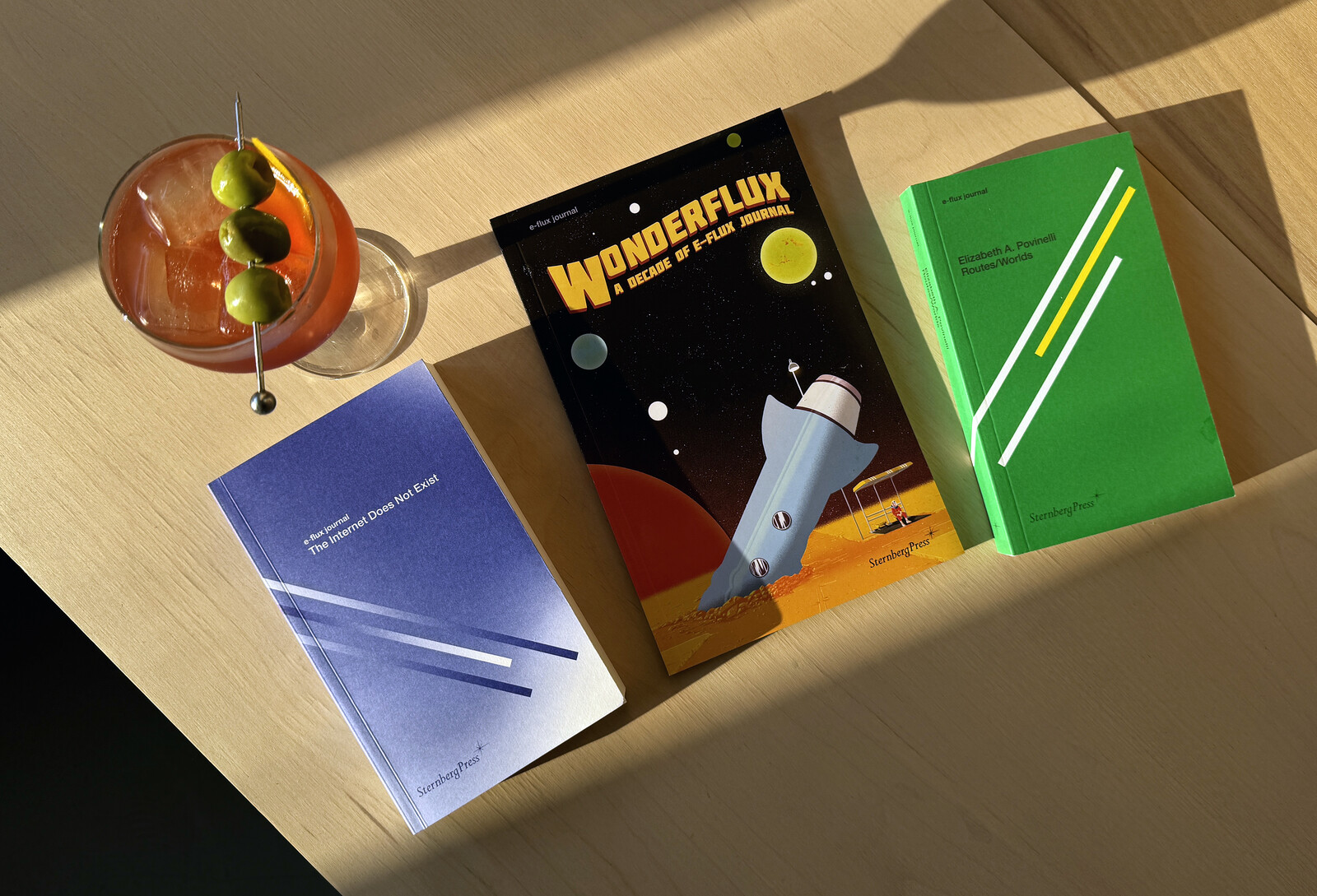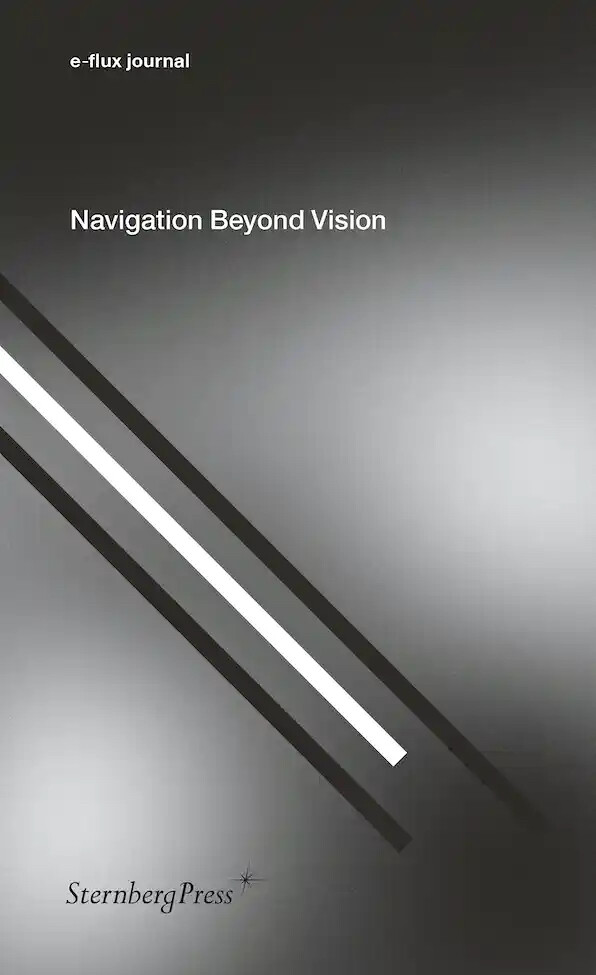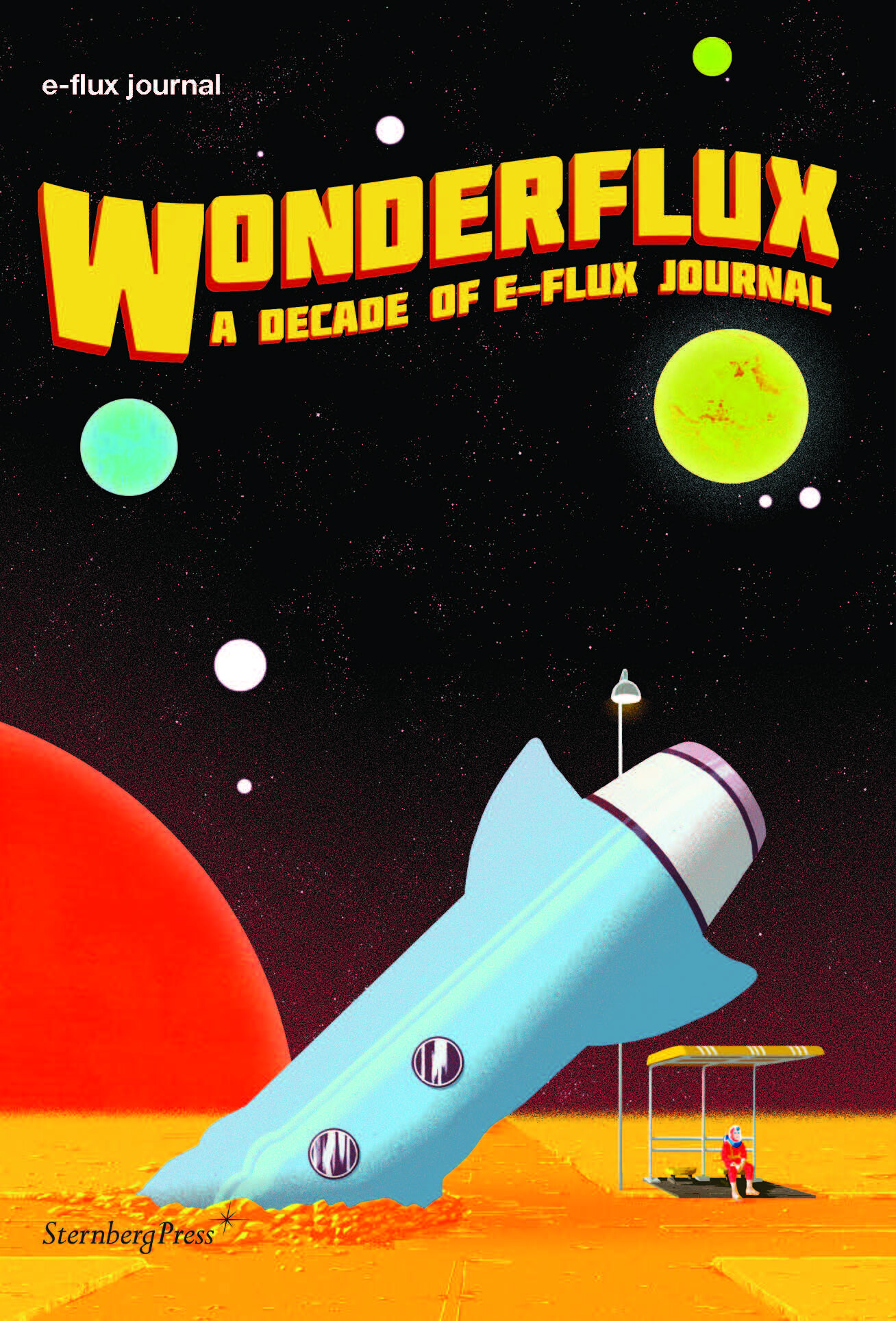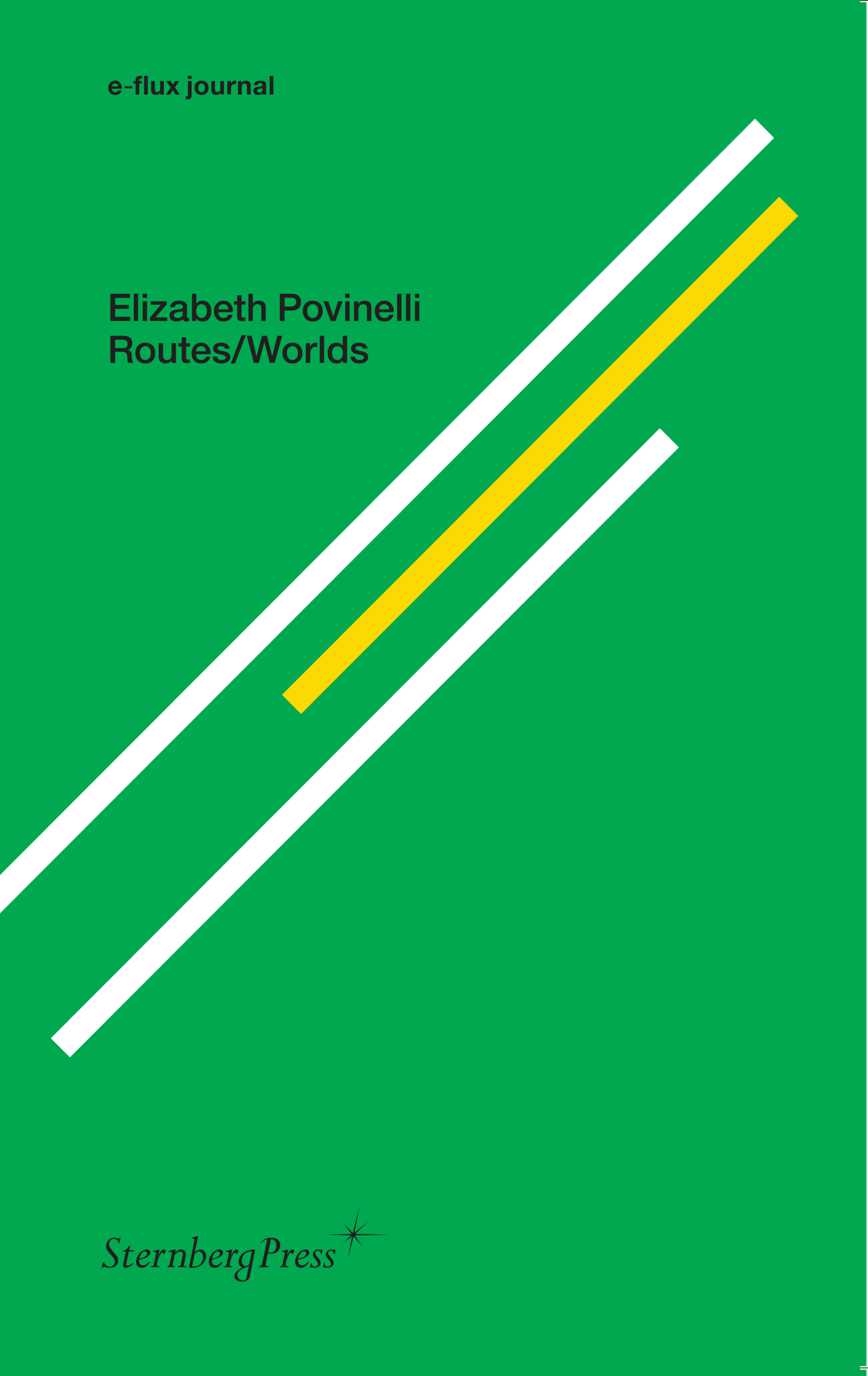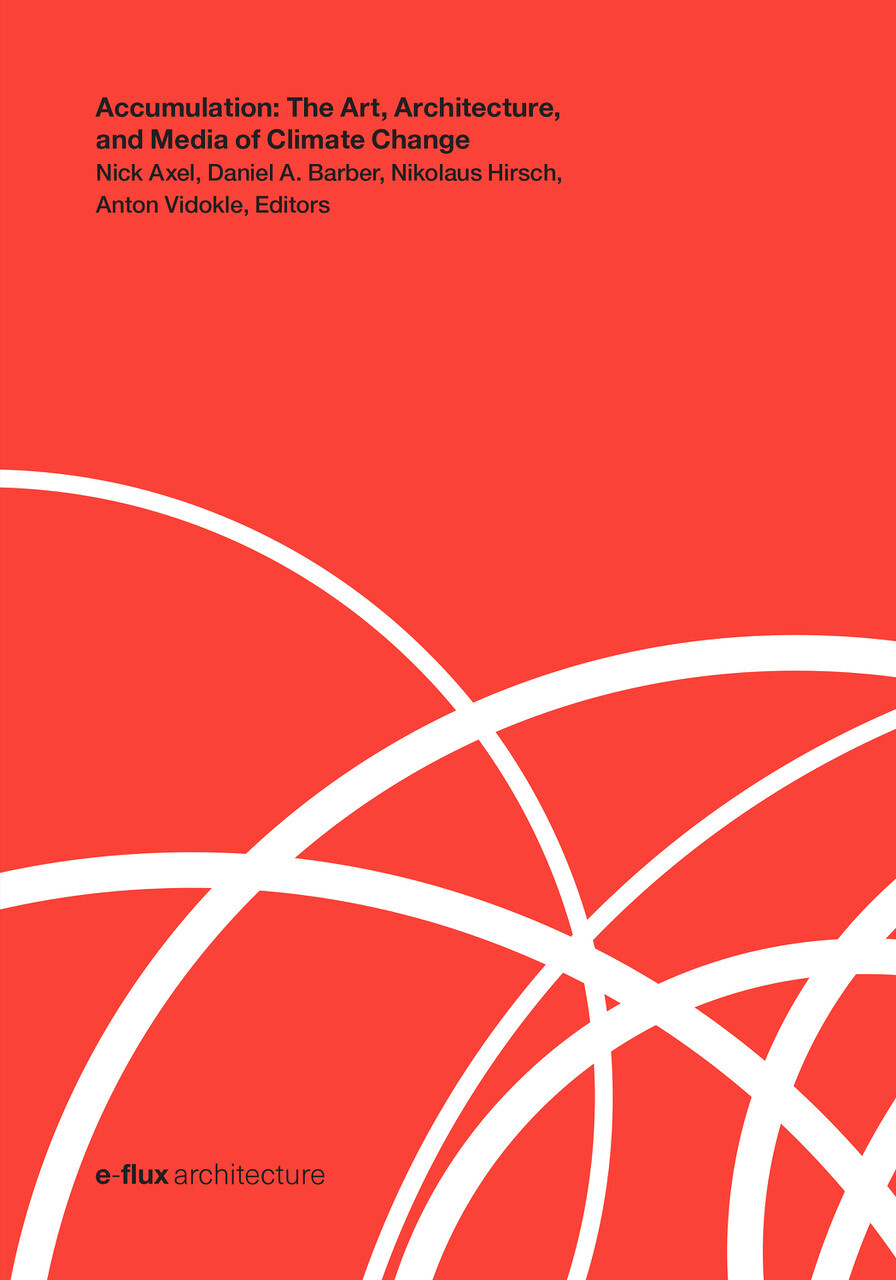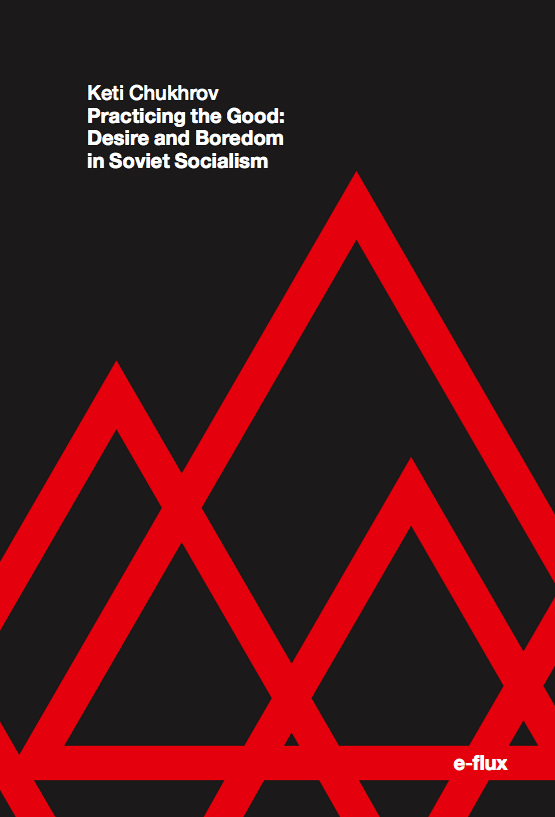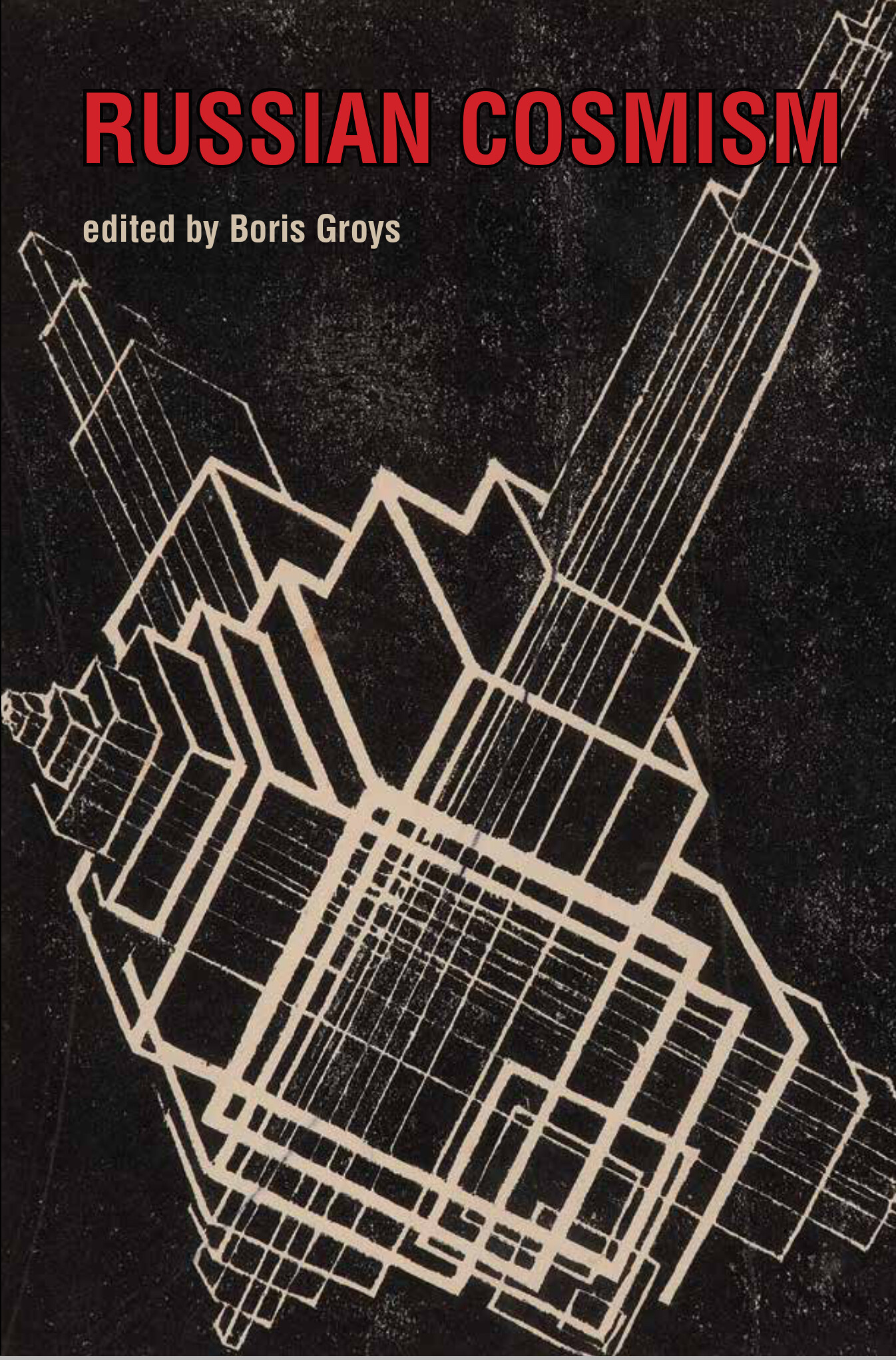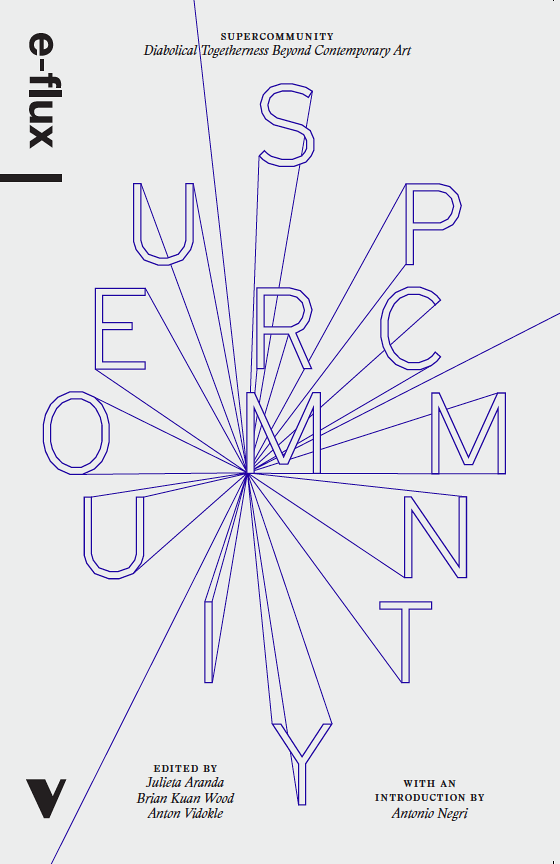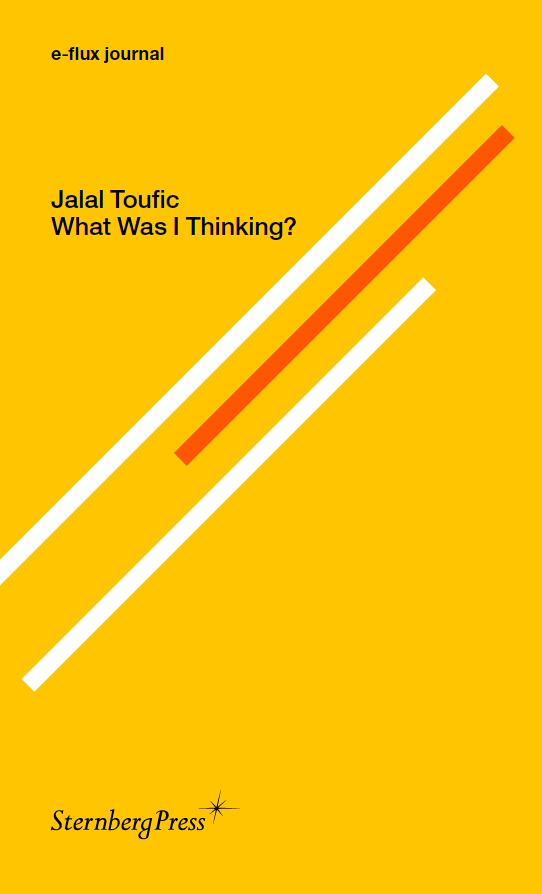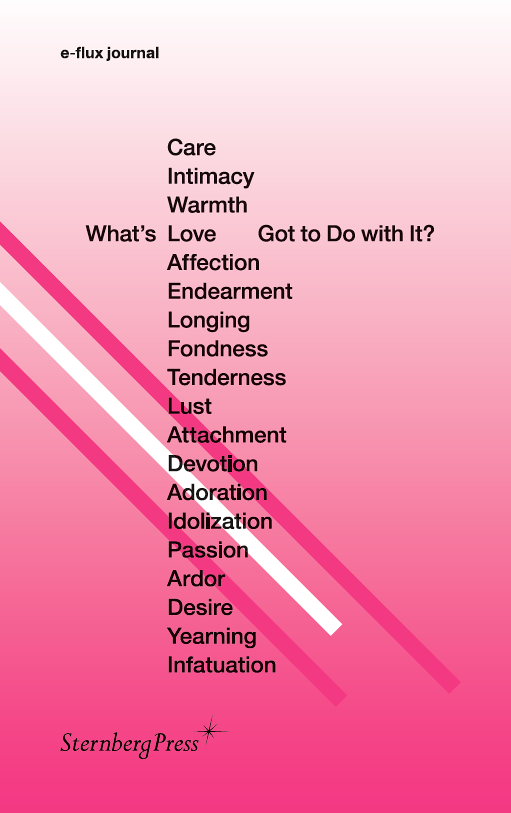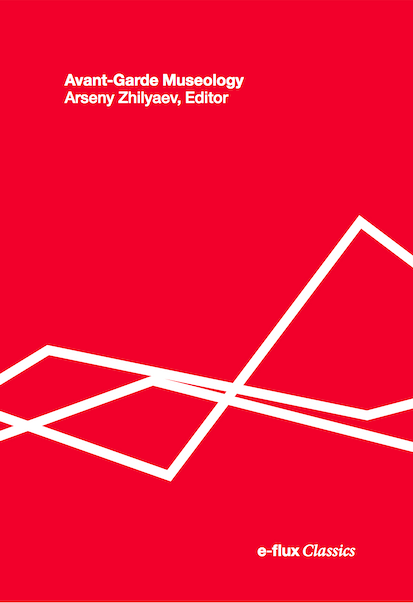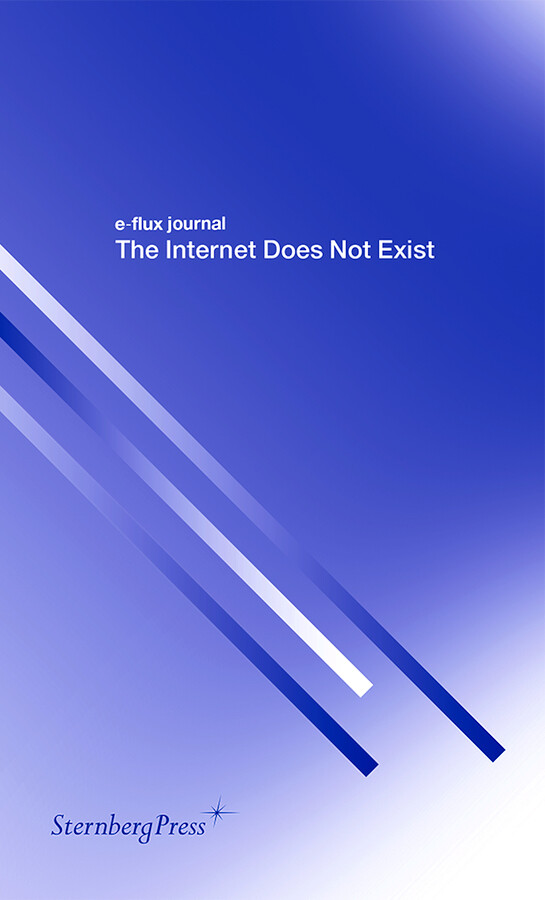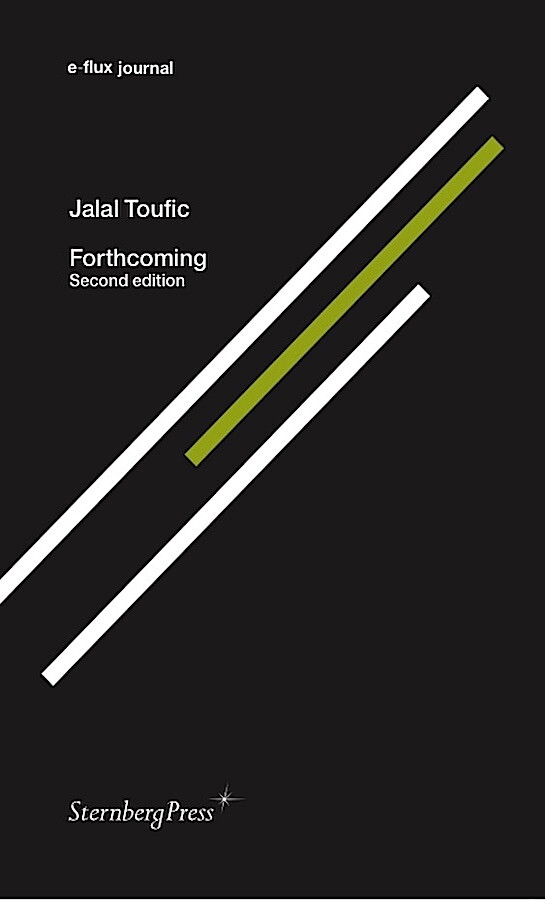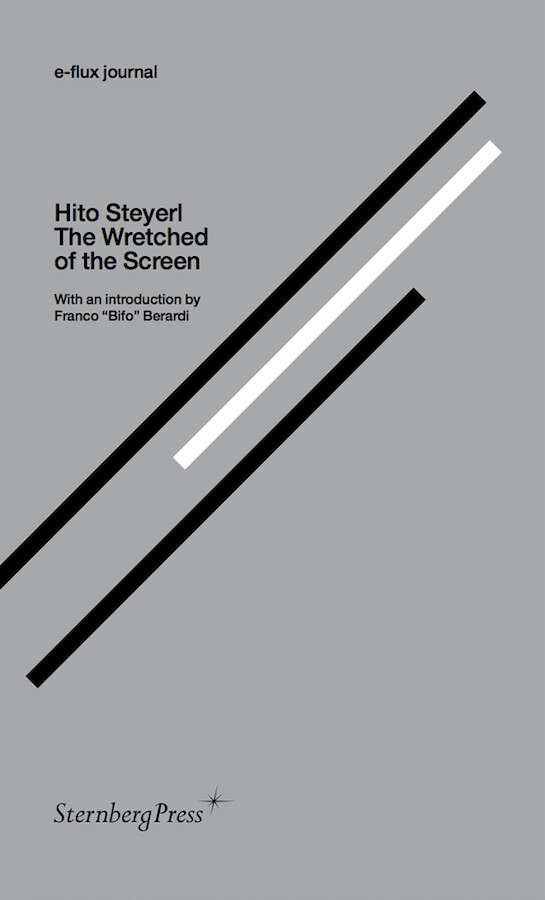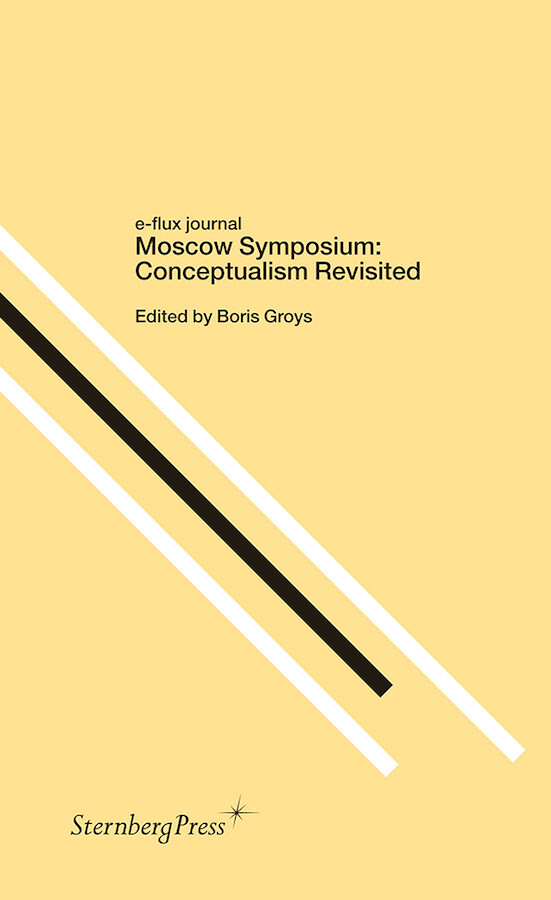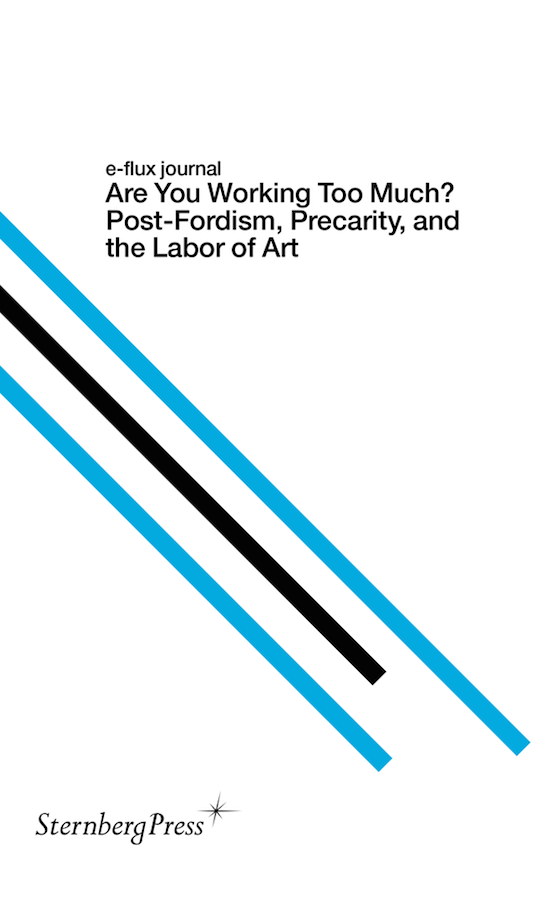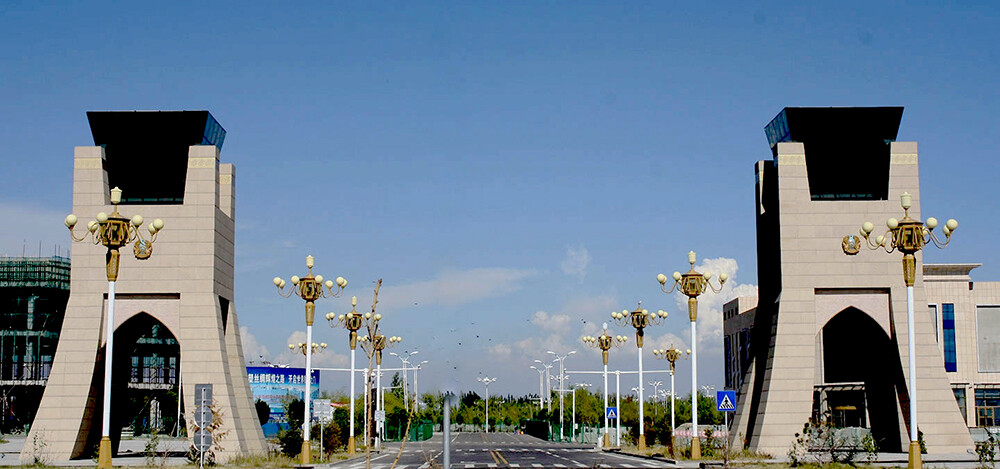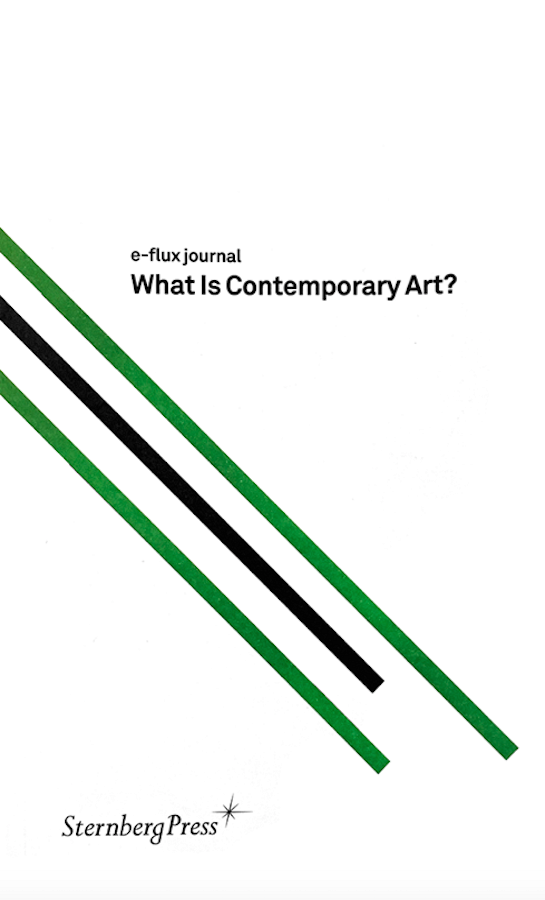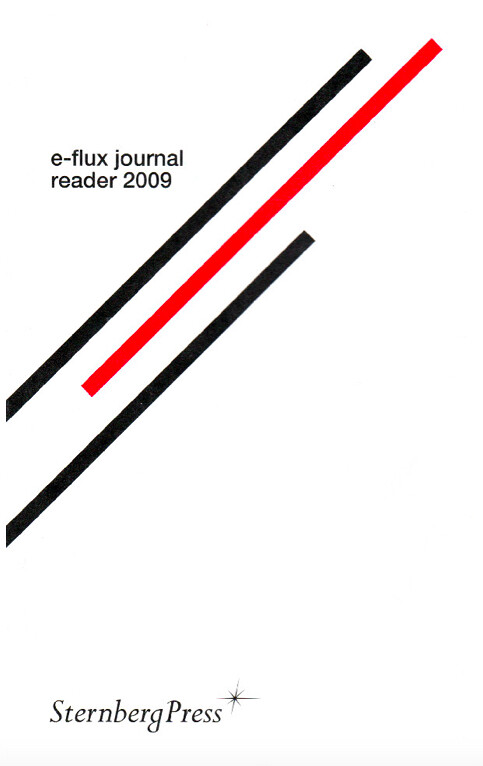$16
September 2013, English
10.8 x 17.8 cm, 256 pages, 31 b/w illustrations, softcover
ISBN 978-1-934105-81-8
Publisher
Sternberg Press
What makes a city successful today? Over the past few decades, artists—and more broadly, clusters of creative people—have become central to narratives of urban revitalization and civic growth in cities around the world.
In many locales, artists in search of cheap rent constitute the vanguard wedge of gentrification. Yet the so-called creative class includes whole categories of knowledge workers enjoying far less precarious conditions than artists, and it is their affluence that continually leads to the displacement of both working-class residents and artists alike. In the creative city, the branding of subcultural movements, the translation of the gritty into the quaint, and the professionalization of the arts combine to produce a user-friendly social interface dressed in the trappings of former bohemian artistic milieus.
How do we confront the soft violence of an urban landscape that adapts itself to successive booms and busts by dissolving or willfully suppressing class distinctions to the point of amnesia? Has a contradiction emerged between the declared politics of artists and their actual role in flows of global capital that course through biennials and art fairs? Can we take the broad commitment of so many artists to the Occupy movement as a signal of their desire to mobilize and redirect their energies back toward social justice?
This collection of essays written between 2010 and 2012 presents Martha Rosler’s most extensive update to her consideration of the role of artists in world culture and in urban gentrification since her landmark 1989 project If You Lived Here….
With an introduction by Stephen Squibb
Edited by Julieta Aranda, Brian Kuan Wood, Anton Vidokle
Contents
Foreword
Author’s Preface
Stephen Squibb, Introduction: On the Artistic Mode of Production
Take the Money and Run? Can Political and Socio-Critical Art “Survive”?
Culture Class
Part I: Art and Urbanism
Part II: Creativity and Its Discontents
Part III: In the Service of Experience(s)
The Artistic Mode of Revolution: From Gentrification to Occupation
Contemporary Art at Center and Periphery
